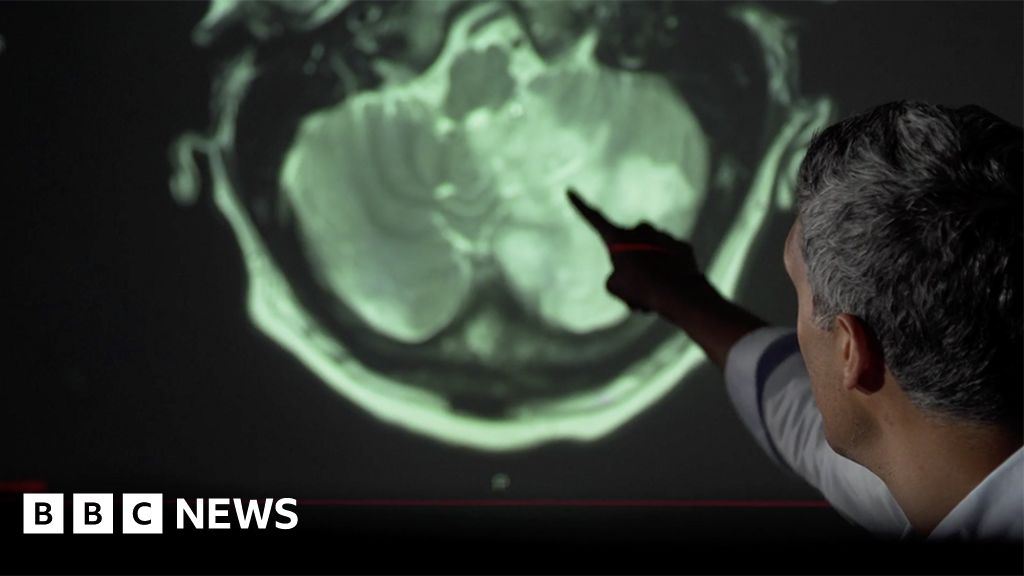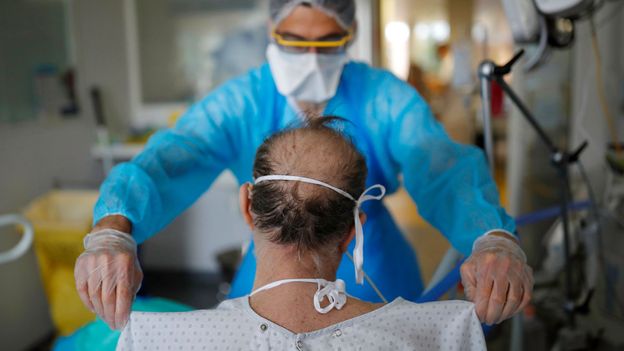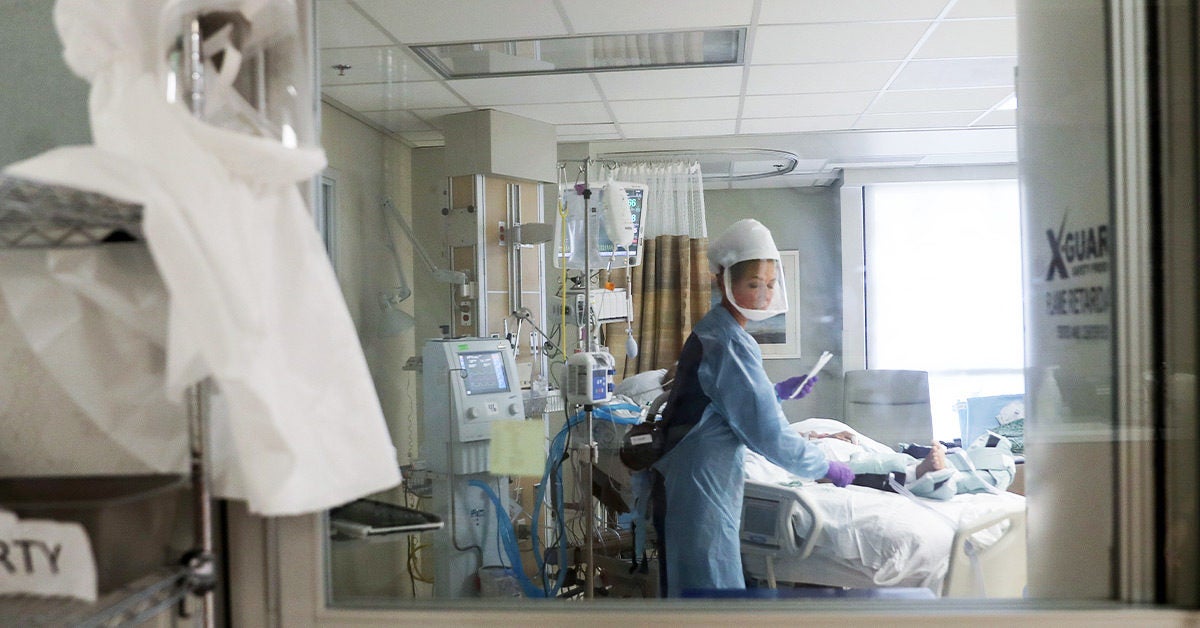@RealityCheck71 is completely correct -
“The prevalence of obesity was 18.5% and affected about 13.7 million children and adolescents.” (CDC)
Given that numerator of many millions, yeah, the risk of an obese 10 year old dying from COVID-19 is pretty close to zero. Not sure if I consider numbers that low as “at risk.”
But how about being at risk of at least getting more severe disease than non-obese kids do at least?
Maybe. The article notes with concern that 22% of 50 children hospitalized in a NY hospital were obese. Thing is that given 18.5% of the general population is obese (see above) that is not that much bigger of a number, hard to call significant given the small number of cases.
For most severe though the number was that 6 of the 9 kids needing a ventilator were obese. Hard to say with that few of serious cases if it is meaningful, but assume real. In that case compared to normal weight kids higher risk of severe disease, but given an obese child with COVID-19 the risk of severe disease is still near nil. Three times near nil is still near nil.
The extremely low efficacy of transmission by younger school kids is increasingly well established, and the fact that a teacher came in sick to work, did not wear a mask, and sparked a flare, especially among staff, has a thread that it is discussed within. We are talking about young adults here. YES they can spread it. 18 to 22 year olds presymptomatic with COVID-19 or with mild unrecognized illness will spread it during the day or two before symptoms and for at least several days after. Not so much if masked and socially distancing when in contact with higher risk people, lots more if at a family party with yelling and singing.
These young adults will get together, laugh, sing, party, and yell, together, let’s face it, hook up together, whether at school or living in their parents’ homes. Given that they will be infected, which circumstance do you think results in more higher risk exposures to more vulnerable other adults? Living on campus with some percent sometimes visiting family on a week-end and with campus and especially classroom rules for mask wearing and social distancing somewhat (not perfectly) enforceable, or living in parents’ households with Gramma and Granpa and Aunt Rose visiting somewhat more often?



